
Bald Eagle Facts
- The short term of Bald Eagle serves as the common name for an incredibly majestic bird that technically classifies as a sea eagle. This winged wonder does have several alternate titles, though. Those include White-Headed Eagle, Sea Eagle, Fish Eagle, and American Eagle.
- Within the world of science, however, it’s probably better known by its technical designation. Unfortunately, that’s a difficult one for the layperson to pronounce. That’s because this marvel of Nature and evolution bears the formal appellation of Haliaeetus leucocephalus.
- The magnificent bird received that tongue-twisting epithet due to the efforts of Carl Linnaeus himself. That highly esteemed Swedish zoologist recorded the first official recognition of it as a separate and distincts species. He accomplished that scientifically noteworthy deed in 1766.
- By either name, however, this animal stands out among its relatives. It currently remains the only known variety of sea eagle native to its particular portion of the world. Modern science also currently recognizes two known subspecies of this incredible bird still in existence.
- Somewhat ironically, despite its now extremely famous name, the breathtaking animal isn’t actually bald at all. This misconception occurs because the generally applied moniker derives from an older term. That original designation actually means white-headed when translated.
- Most fortunately, the stunning Bald Eagle appears to be maintaining a population base that’s both sufficient and stable. That pleasant condition also appears to hold true throughout the entirety of its natural range. This fortunate situation was not always the case, however.
- In the past, the breathtaking raptor nearly became extinct, before humans in its native range implemented protective measures. Thankfully, though, the gorgeous avian now holds the status of Least Concern with the IUCN. However, it still faces the threat of climate change.
Related Articles
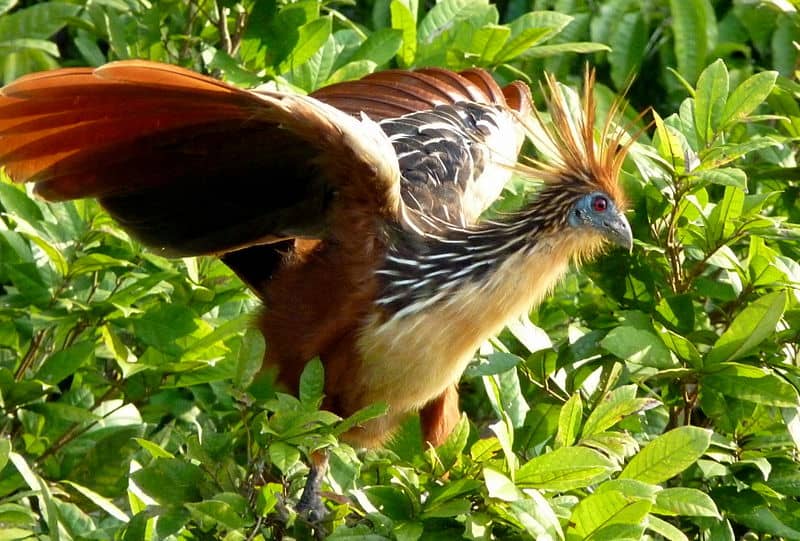
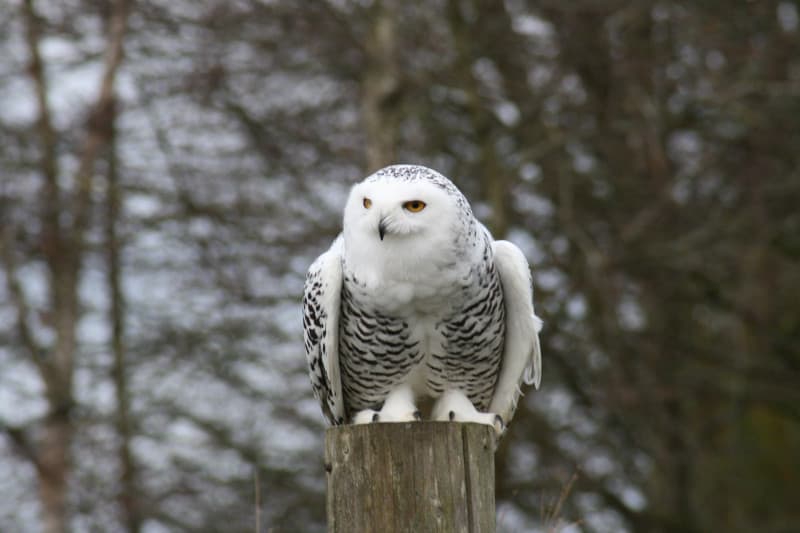
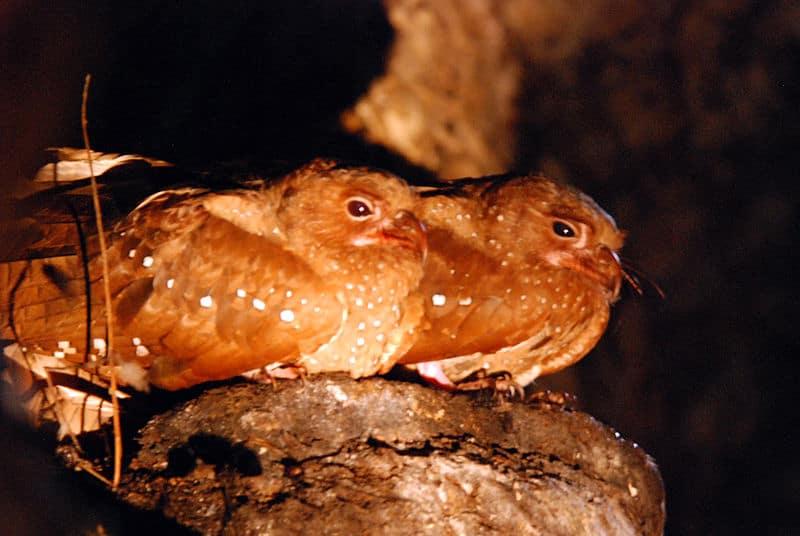
Bald Eagle Physical Description
The majestic Bald Eagle never fails to capture the attention and imagination of those individuals fortunate enough to view one, especially in the wild. That enchantment occurs due to several reasons. This biological marvel posseses amazing qualities of both beauty and physical dimensions.
In terms of the latter, the creature follows a natural pattern common among its numerous relations across the globe. That’s the fact that it displays a certain degree of the physiological characteristic of sexual dimorphism. In its particular case, however, this trait presents itself as a matter of size.
Females of the mesmerizing species attain overall measurements that equal roughly 25% larger than their male counterparts. Their wingspan sometimes reaches up to an impressive 8 ft (2.4 m). They also weigh more than the males, typically massing somewhere between 10 – 15 lb (4.5 – 6.8 kg).
The smaller males simply don’t quite compare to the females in size. For them, a typical wingspan equals approximately 6 – 7 ft (1.8 – 2.1 m). These also weigh significantly less than the opposite gender. In their case, 6 – 10 lb (2.7 – 4.5 kg) remains normal. Exceptional specimens do occur.
It’s the eye-catching plumage of the animal that generally captures the most attention, however. In this, at least, the sexes present the same general appearance to the observer. Obviously, the most striking sections of the body in terms of color consist of the head and neck, being pure white.
Meanwhile, the majority of the rest of the bird shows a covering of dark brown to blackish feathers. These cover the entirety of the body and wings. Its fan-shaped tail contrasts with this perfectly. This appendage displays the same dazzling white hue as the neck and head of the awesome bird.
Other individual physical features of the deceptively-named Bald Eagle also merit mention, as well. The beak of this intriguing raptor develops as large, hooked, and bright yellow in its coloring. That of the female usually develops as notably larger and deeper in shape than that of the male.
Further augmenting the gender-based differences between the two sexes are the talons. These and the legs of both present as yellow and completely featherless. The talons evolved as black in hue, curved, and quite strong. Yet, those of the female develop as larger and stronger than males.
- Kingdom: Animalia
- Phylum: Chordata
- Class: Aves
- Order: Accipitriformes
- Family: Accipitridae
- Genus: Haliaetus
- Species: H. leucocephalus
Bald Eagle Distribution, Habitat, and Ecology
The breathtaking and inspiring Bald Eagle evolved as indigenous to a comparatively broad swathe of the surface of the earth. In fact the full extent of that expansive zone of habitation might surprise some people, though. The avian inhabits most of the beautiful continent of North America.
The majority of its population appears within the borders of the continental United States. It also lives in most of the country of Canada. To the north, it even inhabits temperate portions of Alaska. Southward, however, its known native territory only extends into northern portions of Mexico.
Fortunately, this highly evolved avian possesses a decided advantage over many of its competitors. It quickly proved itself to be highly adaptable to a variety of habitat types. Due to this advantageaous trait, it can, and often does, live in bayous, deciduous forests, and even the Sonoran Desert.
The beautiful animal additionally holds yet another character trait that sets it apart from its kin. It generally prefers to build its large nests in the tops of the tallest trees near a body of water. In fact, the amazing avian holds the distinction of building the largest nest of any bird in its range.
In point of fact, these constructions actually hold a place in the record books. Its works of creation constitute the largest arboreal nests of any known animal. These sometimes measure up to 13 ft (4 m) deep, 8.2 ft (2.5 m) wide. Amazingly, each occasionally masses up to 2,000 lb (907 kg).
Much like related species found around the world, the fabulous Bald Eagle evolved to feed entirely as a carnivore. It also feeds opportunistically, consuming a wide variety of prey. The majority of the prey of most individuals, though, remains comprised of numerous types of locally available fish.
The awesome bird remains fascinating for yet one more distinguishing reason. Individuals of this species also typically mate for life. When the offspring eventually arrive, both parents care for the young, unlike some birds. In the wild, this marvelous creature has an average lifespan of 20 years.
Species Sharing Its Range
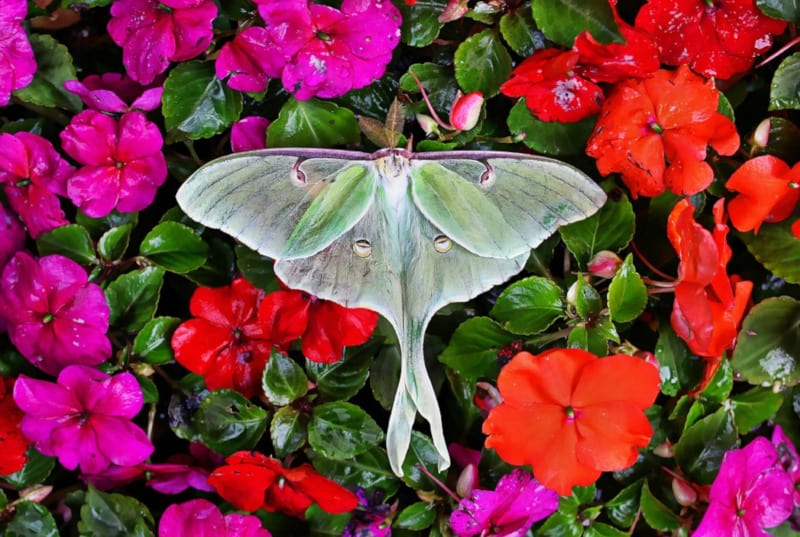

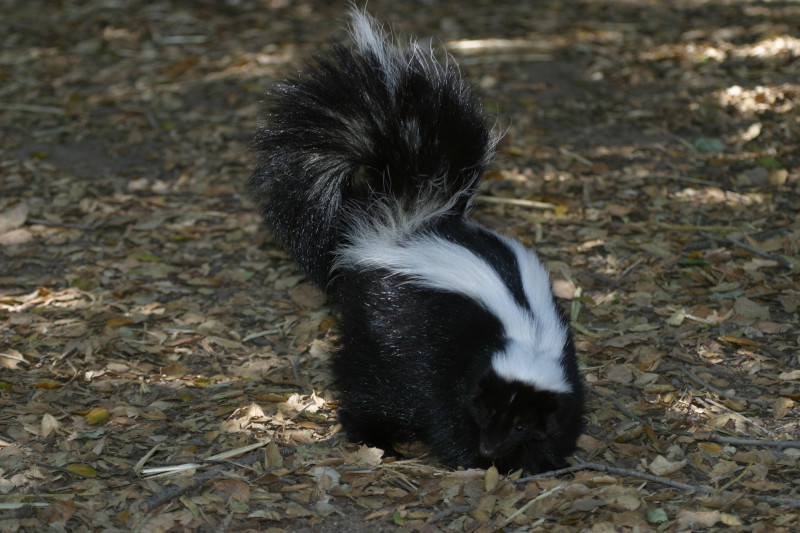
Check out our other articles on 5 Marvels of New Zealand and Australia, Gympie-Gympie, Lake Nakuru, Vietnamese Mossy Frog, Chatham Island forget-me-not, Blue-lipped sea krait
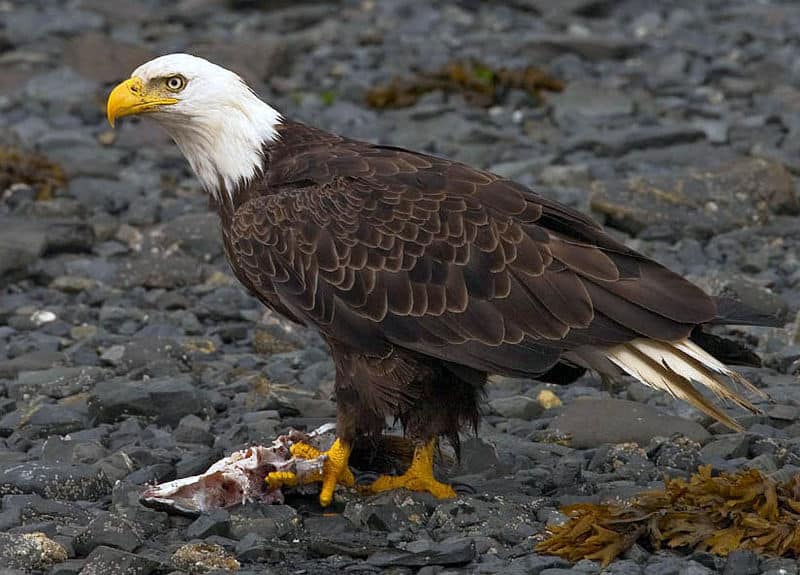
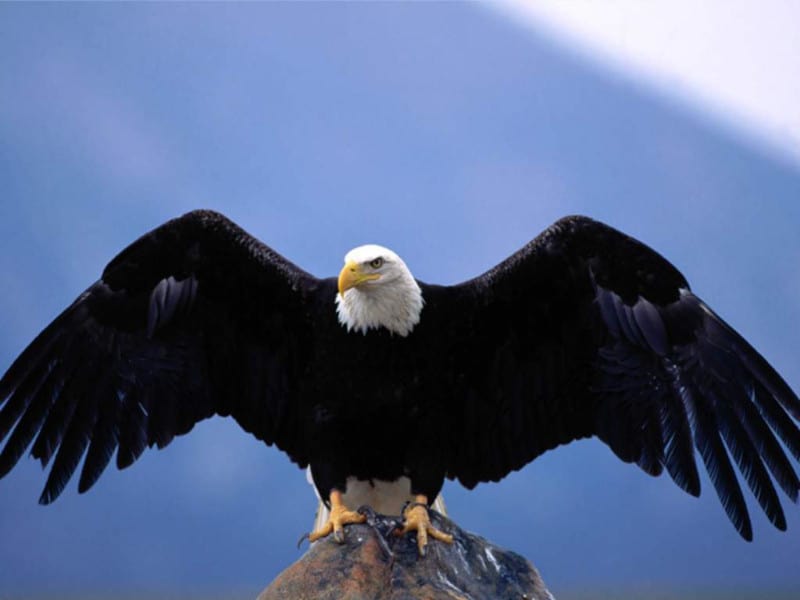









Leave a Reply